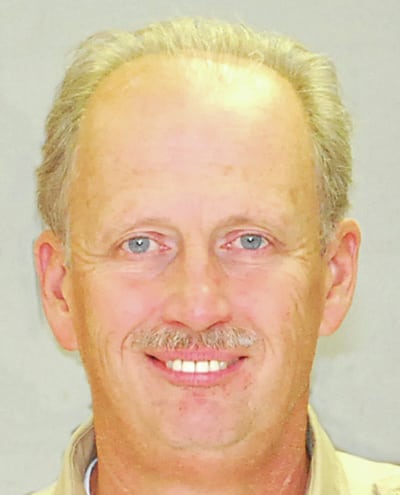The early morning quiet on Cowan Lake was suddenly shattered by the sound of a large diesel motor working hard. The noise, which reverberated across the water, was coming from the eastern end of the lake. The location was identifiable by a small plume of exhaust smoke. It could mean only one thing.
The long anticipated dredging project for Cowan Lake was underway. Over the years the lake has changed quite a bit especially in the eastern end where Cowan Creek enters. Here silt and mud have accumulated to clog the channel. The reduced water level meant the lily pads have exploded across the lake. I’ve lamented that the lake needs help to remain a good fishery and top recreational destination in southwest Ohio. Fortunately it is getting a much needed lift from the dredging project.
The project is under the direction of the ODNR Division of Parks and Recreation and specifically the Statewide Waterway and Construction Division. The initial plan was to remove approximately 90,000 cubic yards of sediment from the lake. This will involve taking three to four feet of material from the lake bed in the areas identified primarily in the eastern end of the lake.
However additional work will be done in the sail boat cove and at the South Shore Marina. In addition to taking the normal material off the bottom there is a large sand and clay bar that has developed that will also be removed. This will open a new channel for the creek into the lake. The project is expected to take three to four years to complete.
Tom Grabow, Dredge Program Administrator,, explains the process, “We take a lot of requests from boaters and park managers who recognize the shallow water concerns. We gather information on the shallow water and sediment load. We have a sonar boat to verify water depth to determine the sedimentation. We start the permitting process through the US Army Corps of Engineers and the Ohio EPA. For Lake Erie or the Ohio River the US EPA is also involved. The goal is to dredge down to the hardpan bottom of the lake or channel. We want to get rid of the nasty stuff that has accumulated but not disturb the bottom.”
The material removed, which is high in phosphorous, is pumped into holding areas called a Dredge Material Relocation Area (DMRA). The DMRA is basically large pits that have been dug to hold the water and sludge material. The DMRA at Cowan Lake is on the state park property near the eastern end of the lake.
Grabow adds, “We identify where we can pump the material based on the size needed. We try to keep the material going into the DMRA at the furthest point from where the water is returned into the lake. We want only the clean water coming back into the lake. At first there is a lot of retention time but as the DMRA fills we lose capacity and retention. The DMRA must settle and dry for at least a year before the area can be reclaimed. We have given the material away to municipal entities or even landscape operations. The location at Cowan Lake will be reclaimed. “
I was able to get permission to ride on the dredge with Captain Rick Bierbaugh. Bierbaugh, who has over twenty years experience operating dredges, added, “This dredge is a 1968 model and is the second oldest in the Ohio fleet. It is powered by a 340HP Caterpillar diesel motor. The dredge head will articulate about 110-feet. Currently our goal is 100-feet with each swing. Right now we are working through a sandbar which is heavy material and slows the progress. We are only getting about one-foot of depth for each sweep. Silt will allow us to take at least two-feet per sweep. There is a bank of pressure gauges that tell me how the dredge is operating and pumping the material.”
Captain Bierbaugh continues, “I love dredging. I have the best job in the world. I’m outside every day where I can see wildlife. I know we are helping people to enjoy our natural environment and making boating safer. We often find what we call lots of treasure on the lake bottom. Mostly it is cans and tires. We’ve even found a washer and dryer buried but so far nothing special has been found at Cowan Lake.”
Grabow concludes, “The current situation in the eastern end of Cowan Lake is quite significant. We added the current cut to the project to better handle the influx of water. We have now identified that there is more material to be removed. the dredge is working very well so we are going to build another DMRA over the winter. We want to keep the dredge running on Cowan Lake.”
Funding for the dredge projects in Ohio comes from Waterway Safety Fund. This funding is from the Division of Watercraft boat registrations and fuel tax. Basically the boating community is paying for the projects that improve the water recreational opportunities. The Cowan Lake project is much needed to maintain and improve the lake.








